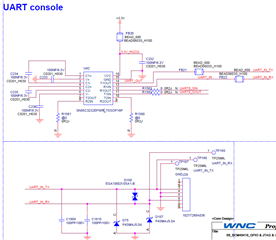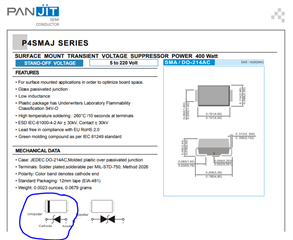Other Parts Discussed in Thread: SN65C3232
Hi team,
Could you please help my customer to check the schematic of SN65C3232EPWR, and if there is any EMI issue in the circuit.
I think the schematic of SN65C3232EPWR is good, but I am not sure about the EMI part.
below is the schematic of SN65C3232EPWR, this is for UART.


